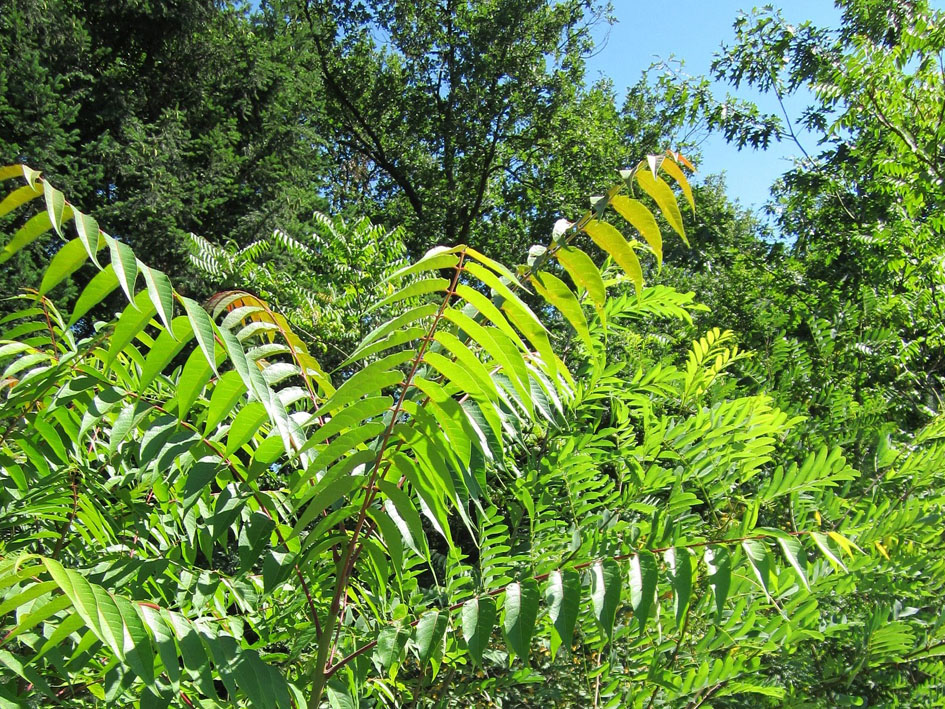For centuries, human activity has intentionally or unintentionally driven the spread of plant species to areas far outside their native habitat. On average, about 10% of non-native species worldwide become invasive, often causing large ecological and economic consequences for affected regions.
For the first time, a global team of researchers led by ETH Zurich and including Sergio de Miguel, researcher at the Joint Research Unit of the Forest Science and Technology Centre of Catalonia and Agrotecnio (CTFC-Agrotecnio-CERCA), and professor at the Universitat de Lleida, have explored which regions on Earth are most vulnerable to non-native tree invasions. The study, published in the journal Nature, combined human and ecological factors to assess the drivers of tree invasion occurrence and severity across the globe.
Ecological factors determine severity
The study reveals that proximity to human activity – especially maritime ports – emerges as a dominant factor driving the likelihood of invasion. Ports handle tons of goods including plants or seeds from all corners of the globe. The colonization pressure exerted by plant material is, therefore, very high in these regions of high human activity. The closer a forest is to a port, the higher the risk of invasion.
However, ecological factors determine the severity of invasion. Most importantly, native biodiversity helps to buffer the intensity of these invasions. In diverse forests, when most of the available niches are filled by native species, it becomes harder for non-native tree species to spread and proliferate.
The ecological strategy of the invading species is also important in determining which types of trees can invade in different regions. In harsh regions with extreme cold or dry conditions, the researchers found that non-native tree species must be functionally similar to native species to survive in these harsh environments. However, in locations with moderate conditions, non-native trees must be functionally dissimilar to native species in order to survive by functionally differentiating themselves, the non-native species avoid intense competition with native trees for important resources such as space, light, nutrients, or water.
Native biodiversity is a strong defense
Overall, the study highlights the importance of native tree diversity in helping to limit the severity of these invasions. “The findings of the research have direct relevance for efforts to manage ecosystems in the fight against biodiversity loss across the globe. By increasing biodiversity, we may limit the severity & extent of non-native tree species invasions worldwide” explains de Miguel.
Indeed, the findings are significant for biodiversity conservation efforts worldwide. One key goal of the global biodiversity framework adopted at COP 15 in Montreal in 2022 is to prevent the establishment and spread of potentially invasive species. This global analysis of non-native tree species aims to contribute to the findings of the Intergovernmental Science-Policy Platform on Biodiversity and Ecosystem Services (IPBES), which is expected to highlight the substantial impact of invasive species on biodiversity loss in their upcoming status report.
This global understanding of non-native tree distributions can help countries to prioritize decision making in efforts to halt and reverse the loss of biodiversity, emphasize the authors.
Text: CTFC Communication / Agrotecnio Communication

